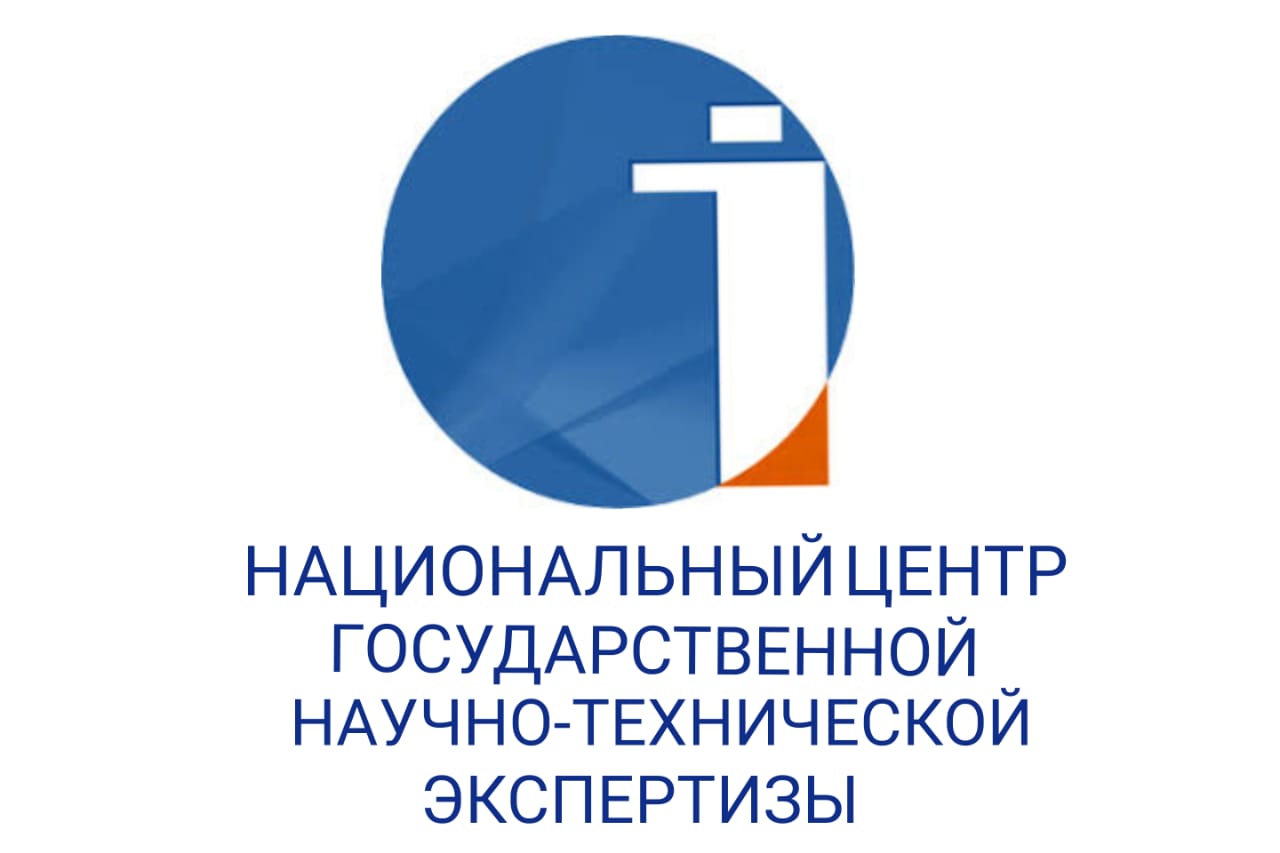SITUATED TECHNOLOGY IN MODELLING PROFESSIONALLY-ORIENTED INDEPENDENT STUDY FOR A1 FOREIGN LANGUAGE LEARNERS
DOI:
https://doi.org/10.48371/PEDS.2022.66.3.010Keywords:
situated language learning, situational technology of teaching, professionally-oriented English, foreign language education, task-based learning, English for technical students, professionally-oriented situations, situational teaching approachAbstract
The current paradigm of foreign language education in the Republic of Kazakhstan accentuates student-centered and competency-based approaches as a methodological background. This gives rise to a greater need for applying various communicative language teaching methods, encompassing a situated technology. This article aims at identifying weather a situated technology of FLT can be efficiently applied for the level of Elementary English (A1) in scope of professionally-oriented assignments for technical students’ independent study. First, the published literature on the topic of situated language teaching approach was reviewed and analyzed. Then, to achieve the set objective, a professionally-oriented task was designed for bachelor students of Satbayev University using a modelling method. Furthermore, two online questionnaires were elaborated and distributed in order to accumulate both the teachers’ and the students’ feedback on the assignment. Based on the results of the survey, an in-depth analysis has been carried out to determine the strengths and weaknesses of the professionally-oriented situational SIS and generate suggestions on its improvement. Eventually, the analysis has detected that the situated language teaching technology is quite effective in orienting the learners in their future jobs and enlarging their professional vocabulary. Moreover, situational tasks can be designed in a manner that also facilitates proper practice of the previously learnt general vocabulary and grammar within professional settings. Therefore, professionally-oriented situated tasks should be acknowledged as an effective tool in fostering intercultural professionally-communicative competence.








